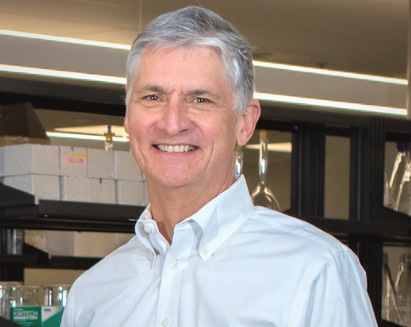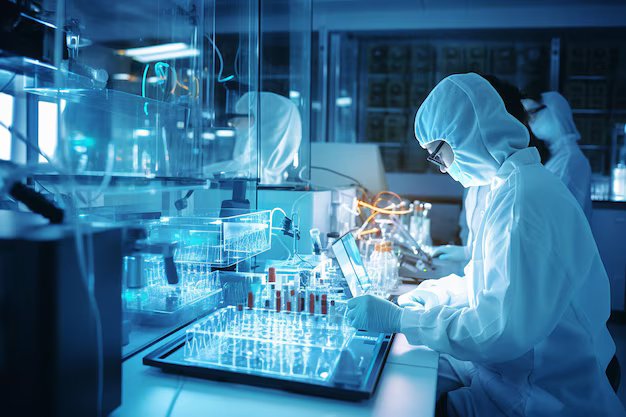
Over the last 40 years, technological developments at nano scale have increased interest in nanoparticles and their potential to be a leading tool in biomedicine. Companies all over the world are combining nanotechnology with pharmaceutical and biomedical sciences to re-invent how certain diseases, like cancer, can be diagnosed and treated.
The global nanotechnology market reached $2.4 Billion in 2021 and is expected to expand to $33.7 Billion by 2030, a 34% CAGR increase, according to Emergen Research. The application of nanotechnology in healthcare will be the main driver of this growth, with solutions for diagnosis, treatment and prevention of life-threatening diseases amounting to almost 36% of the market growth in the next few years. We have already seen nanoparticles used in COVID-19 rapid tests, as a drug delivery system for AIDS medication, and as an enablers for cancer treatments, such as chemotherapy. There are many other applications still to be developed.
Generally, particles that are between 1-100nm in size are considered nanoparticles. At this size they tend to exhibit different physical and chemical properties compared to larger particles of the same material. Additionally, they can be made from a variety of substances or materials including metals, lipids, and polymers. Iron-oxide nanoparticles are the most commonly used because of their favorable properties for biomedical purposes. Iron is a naturally occurring metal in human biology. It is used to make hemoglobin which is the molecule used by red blood cells to carry oxygen. This means that when the nanoparticle has served is diagnostic or therapeutic purpose it is naturally metabolized by the body and the iron is recycled to help form hemoglobin.
It is the combination of all the factors, the substance or material used to make the nanoparticle, their size, shape, and surface chemistry,that are key in determining performance of nanoparticles in biomedical applications because they affect how the nanoparticles interact within the human body, including for example protein absorption, cellular uptake, biodistribution, and mechanisms of clearance.
It may be a while before we see the advanced nanobots of sci-fi movies, but nanoparticles are already playing an important role, and are being used to enhance drug delivery and improve diagnostic imaging, for example, and Australia is one of the world-leaders. In 2016, researchers at University of Newcastle pionnered a method of delivering drugs directly to the uterus using nanotechnology, reducing complications for pregnant patients. More recently, researchers at Monash University created a world-first technology that can detect magnetic nanoparticles anywhere in the body, enabling enhanced medical applications such as tracking of beneficial CAR-T cells during cancer therapy.
At Imagion, we have developed a technology that uses iron oxide nanoparticles synthesized under stringent conditions to control for size, shape and magnetic properties to create targeted non-invasive imaging agents that can help better diagnose cancer. We are currently engaged in a Phase I clinical study of our own, in hopes of validating the safety and efficacy of our MagSense® imaging agent for HER2 Breast Cancer patients in Australia.
This could be game-changing technology, transforming medical imaging from a tool that simply identifies suspicious lesions to a true molecular imaging approach with real-world applications and the potential to reduce the need for biopsies and detect cancers at earlier stages when they easier to treat, making safer for patients and improving outcomes.
In the next few years, nanoparticles will continue to play a key role in biomedicine and we are excited to be leading the charge in finding new ways to use nanotechnology to improve how we diagnose and deliver care to patients.
Bob Proulx, Chief Executive Officer and Executive Chairman, Imagion Biosystems



